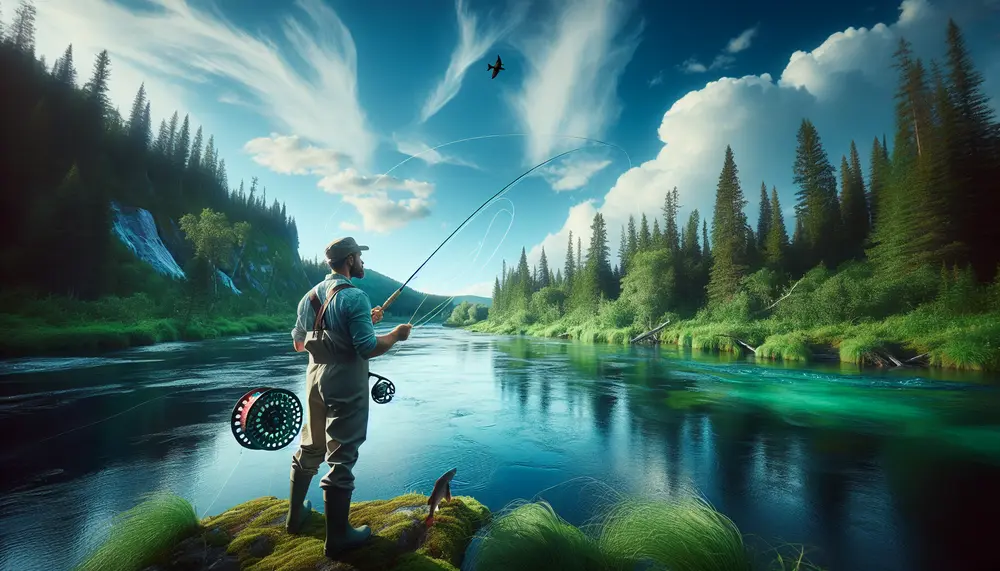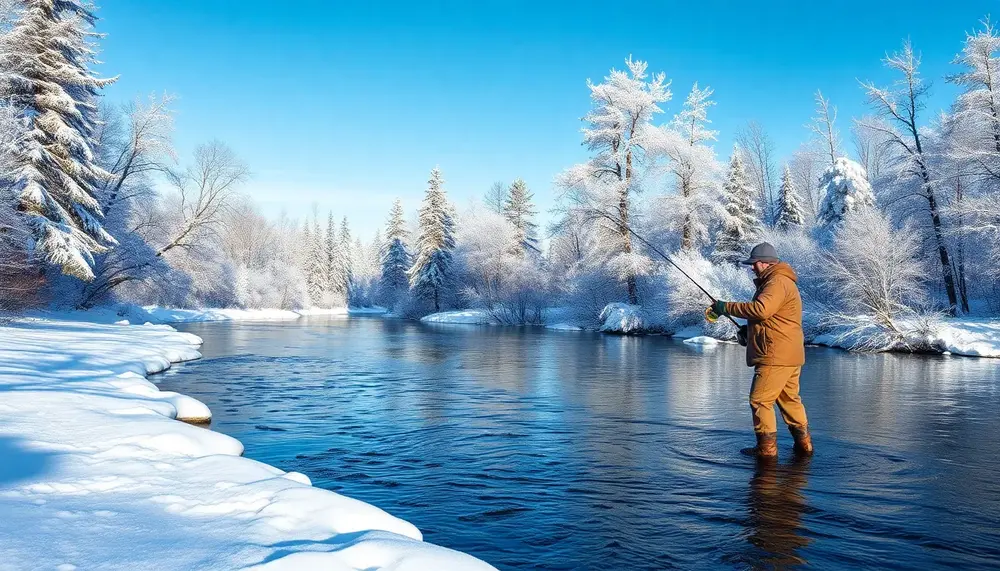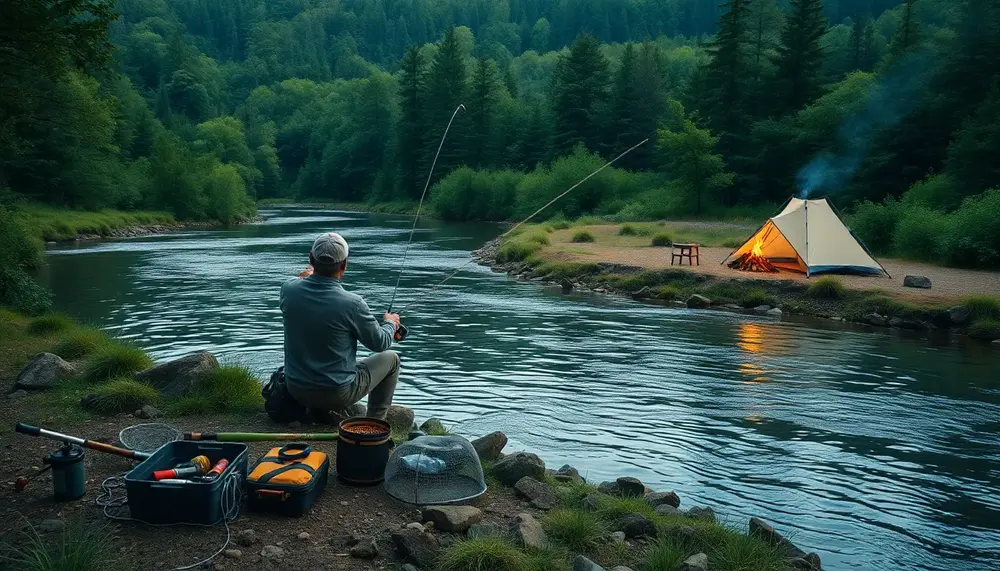Understanding Nymphing: A Comprehensive Guide
If you're just getting started in the sport of fishing, the term nymphing might seem a little puzzling. However, don't get stumped. In the context of fishing and camping, nymphing is a popular and very effective fishing technique specifically used in fly fishing.
What is Nymphing in Fly Fishing?
Nymphing refers to a method of fly fishing where an angler uses an artificially made lure called a 'nymph'. Nymphs are designed to imitate the aquatic insects in their immature stage, which often constitute a significant part of a fish's diet. Using nymphs, anglers try to trick the fish into biting, thinking they are getting a tasty insect snack.
The Purpose of Nymphing
But why nymphing? The purpose of nymphing is to catch fish that feed beneath the surface. Fresh water fish, particularly trout, spend approximately 90% of their time feeding below the water surface. This is why nymphing becomes a particularly effective way to hook these fish.
How Does Nymphing Work?
The process of nymphing begins with selecting the right nymph, which heavily relies upon your knowledge about the local aquatic insects and the current season. The nymph is then cast upstream and allowed to drift downstream naturally with the currents. The trick is to make it seem as natural as possible. This way, the fish is lured into thinking that the nymph is just another insect meal.
A Beginners Guide to Nymphing
For beginners in the world of fly fishing, starting with the nymphing technique might be a good choice. It's a great way to get accustomed to the water, fish behavior, and honing your fishing skills. Remember, patience and practice are key virtues when it comes to mastering nymphing.








